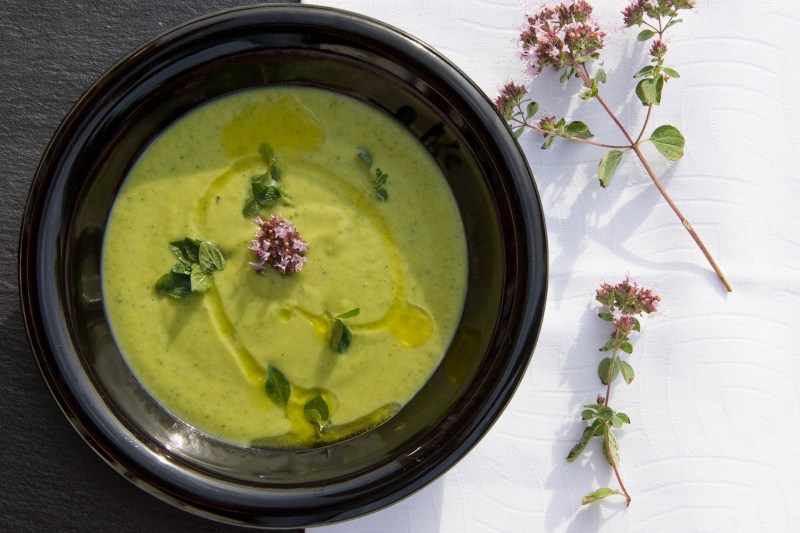
The winter season is a favorite of many due to its festive cheer, twinkling lights, and the general spirit of loving merriment and goodwill. For us, it’s the soup. Deliciously warm and comforting winter soups are special in their ability to cheer, nourish, and warm both body and soul.
This time of year, we can’t get enough of our soup recipes. But as much as we adore these soups in all their cozy, velvety glory, they’re often thickened and flavored with lactose-laden cream and butter, sour creams, and cheeses. While these dairy ingredients do add tremendous flavor and depth to creamy soups, like what you’ll find in your potato soup recipe, they certainly aren’t for everyone. For a variety of reasons, many people can’t have dairy in their diets, and we’re here to help, at least when it comes to warm, creamy soups. There are actually several delicious ways for the vegan and dairy-intolerant individuals among us to achieve the same thick and creamy soup results with no dairy at all.
The secret ingredient to thick and silky dairy-free soups is starch. Depending on the flavors of your soup, you can use a huge variety of starchy ingredients to work as thickening agents in your dish. In fact, if what you’re making is a soup that features a particularly starchy ingredient already, like potatoes, simply add a little more potato and subtract a bit of the liquid for a naturally thick and creamy soup, thickened by the starchiness of the potatoes.
Bread is another one of our favorite options for thickening just about any of your favorites, like cream of broccoli soup, cream of mushroom soup, corn chowder, lobster bisque, and tomato soup. This method is tremendously popular in many European dishes, such as Italian ribollita. Rice and other grains like barley and oatmeal work very well, too. Simply allow them to cook within your soup, then puree with a regular or an immersion blender for a dairy-free soup that tastes just as delicious as the cream and butter version.

Roasted garlic soup recipe
This roasted garlic soup recipe is beautiful in its simplicity. The sweet, nutty flavor of roasted garlic shines in this delicious dairy-free soup that’s absolutely perfect for winter.
Ingredients
- 8 cups chicken or vegetable stock
- 4 tablespoons bacon fat (or vegetable oil)
- 1 yellow onion, diced
- 3 heads garlic, roasted (*see tips and tricks)
- 1/2 cup dry white wine
- 6-8 slices bread, diced into 1/2-inch pieces
- Salt and pepper to taste
Method
- While the garlic is roasting (see below), heat the bacon fat or oil in a large pan over medium-high heat. Add the onion and saute it until it’s translucent, 2 to 3 minutes.
- Add the wine to the pan and cook it until it has nearly evaporated.
- Add the stock, roasted garlic, and bread cubes to the onions, stirring to combine.
- Bring the soup to a boil, then reduce to a simmer and cook on low-medium for 5 to 10 minutes.
- Remove the soup from the heat. Using an immersion blender, blend the soup until it’s velvety smooth.
- Season to taste and serve with homemade croutons or any other garnish you desire.
Roasted garlic soup tips and tricks
- Roasted garlic is a very simple thing to prepare, and it is one of the most delicious ingredients in the world. Roasted garlic is incredible in thousands of dishes, taking on a sweeter, nuttier, smoother garlic taste than that of raw garlic. You can find our simple recipe for roasted garlic here.
- Bread is a wonderful thickening agent, but it’s also great for adding and adapting flavor to your own personal preferences. You can use just about any kind of bread you like here, and keep in mind the additional flavors it will bring to a dish.
Editors' Recommendations
- The best fried chicken recipe you will ever make
- Learn how to make perfect grill marks every time
- Women distillers you should know who make spirits all over the world
- How to make a buttery hollandaise sauce like a professional chef
- Stop making this mistake when cooking with onions



